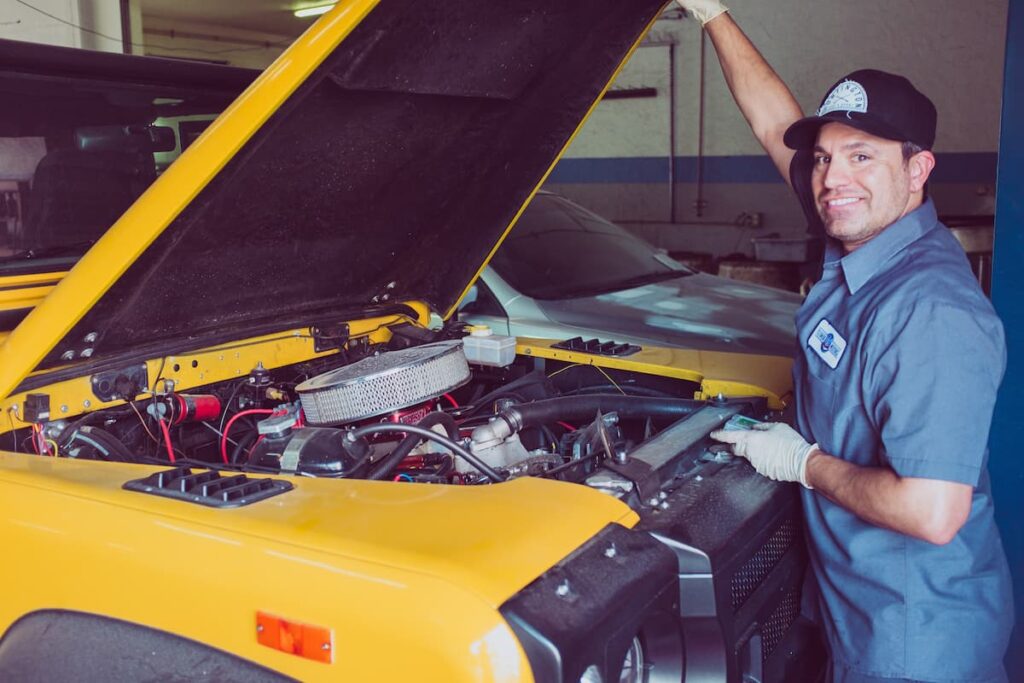What is the antifreeze liquid (and why it can save your engine)
You already understand the importance of properly maintaining your car, right? From tire alignment to knowing when to visit the mechanic, or even replacing filters, these are all essential steps in keeping your vehicle running smoothly and extending its lifespan.
But here's the thing: if your engine fails, your car becomes completely useless. That’s why it’s crucial to focus on the engine — it’s the heart of your vehicle. Keeping it in good condition is vital for both performance and longevity.
One of the most important elements in maintaining a healthy engine is the use of antifreeze. This liquid plays a key role in protecting your engine from damage and ensuring it runs efficiently under various conditions.

What is Antifreeze and What Does It Do?
Antifreeze, also known as coolant, is a liquid that you mix with water and add to your car’s cooling system. But it does more than just prevent overheating. It helps protect the entire cooling system from corrosion, limescale buildup, and damage to rubber and plastic parts.
Its main functions include:
- Protecting engine components from rust and corrosion
- Increasing the boiling point of the coolant mixture
- Preventing freezing in cold weather
- Keeping rubber and plastic parts flexible and intact
So, antifreeze isn’t just a simple coolant — it's an essential part of your car’s maintenance routine.
The Role of Antifreeze in the Cooling System
Antifreeze circulates through a closed-loop system, moving through the engine and cylinders to absorb heat generated by combustion. Once it gets hot, it moves to the radiator, where it cools down before being pumped back into the engine. This continuous cycle ensures that the engine remains at a safe operating temperature.
How to Choose the Right Antifreeze for Your Car
With so many types of antifreeze available, it can be confusing to choose the right one. The key factors to consider are the freezing and boiling points, which depend on the concentration of ethylene glycol in the liquid.
Here’s a quick breakdown of common concentrations:
- 10% ethylene glycol: -4°C to 102°C
- 25% ethylene glycol: -12°C to 103°C
- 50% ethylene glycol: -37°C to 108°C
In addition to ethylene glycol content, there are three main types of antifreeze: organic, inorganic, and hybrid.

Organic Antifreeze
Organic antifreeze is more environmentally friendly and lasts longer. It provides better protection against corrosion and can handle lower freezing temperatures. This makes it a great choice for modern vehicles.
Inorganic Antifreeze
Inorganic antifreeze is less expensive but doesn't last as long. It offers basic protection, but may not be as effective in preventing corrosion over time compared to organic types.
Hybrid Antifreeze
Hybrid antifreeze combines the benefits of both organic and inorganic types. However, it's only suitable for certain vehicle models, so always check your owner's manual before using it.
So, how do you choose the right one? Look for an antifreeze that:
- Provides long-lasting protection in cold weather
- Has low viscosity for smooth circulation
- Offers strong anti-corrosion and anti-lime properties
- Helps prevent cavitation and foaming in the system
Don’t go for the cheapest option — quality matters. A good antifreeze will help keep your engine running smoothly for years.
When Should You Replace Antifreeze?
It's important to follow your car manufacturer’s recommendations. Generally, antifreeze should be replaced every 30,000 to 40,000 kilometers (18,000 to 24,000 miles), especially if you drive daily.
For vehicles using organic antifreeze, this interval is standard. However, it’s still a good idea to check the level and condition of your antifreeze annually. Many mechanics will check this during regular service, so don’t forget to ask about it.
Trim Relay
RUIAN SHUNCHENG TRADING CO.,LTD , https://www.sunchevmarine.com